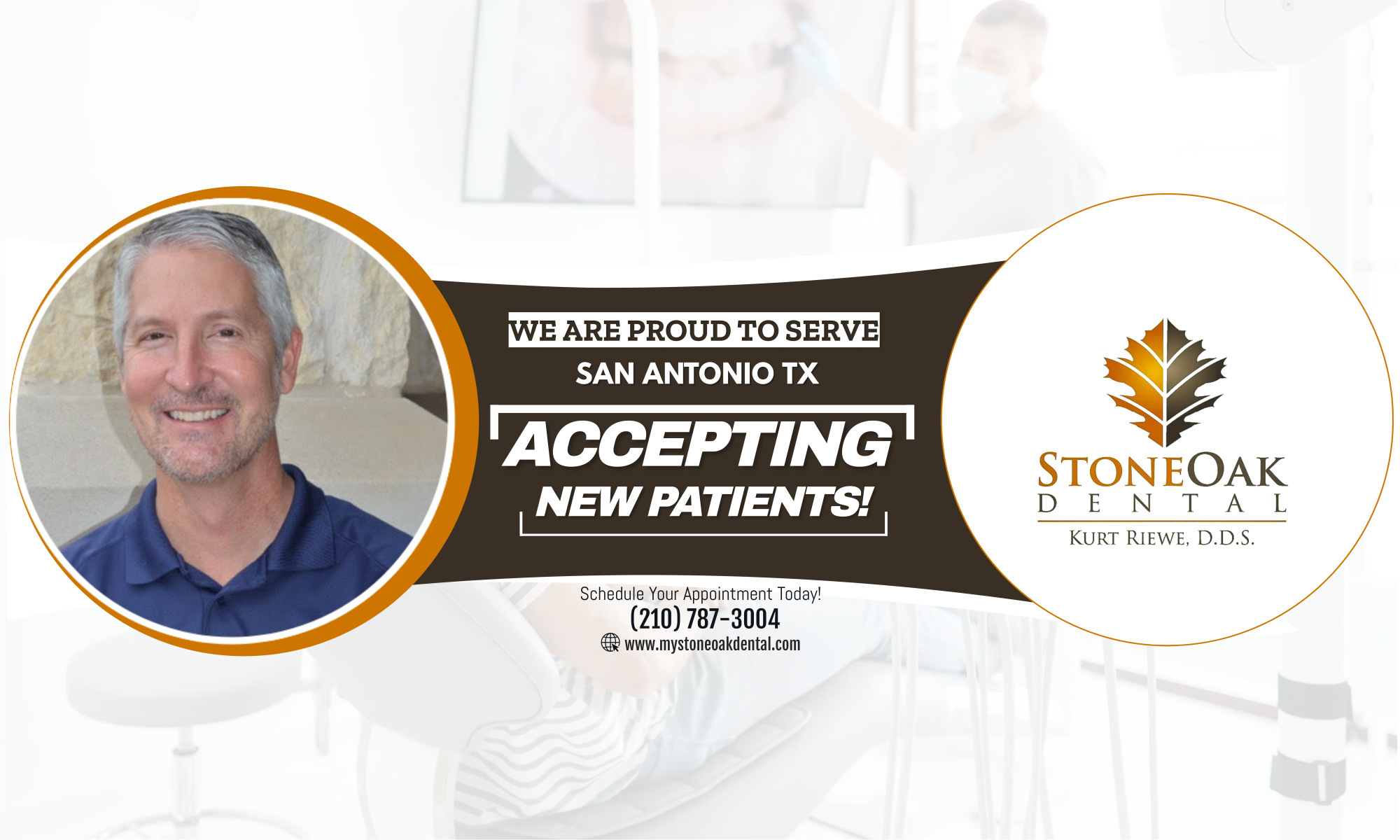When you visit a modern dental surgery, its hard to imagine the challenges of dental treatment without all the latest technology.
Yet specialists have been taking care of peoples teeth for thousands of years.
Here are some of the key developments over the last 300 years.
1723: French surgeon Pierre Richard – credited as being the father of modern dentistry – publishes the first book to describe a comprehensive system for the practice of dentistry.
1760: John Baker, the earliest medically-trained dentist to practice in America, immigrates from England and sets up practice.
1790: John Greenwood adapts his mothers foot treadle spinning wheel to rotate a drill.
1790: Josiah Flag, a prominent American dentist, constructs the first chair made specifically for dental patients.
1832: James Snell invents the first reclining dental chair.
1841: Alabama enacts the first dental practice act, regulating dentistry in the United States.
1844: Horace Wells, a Connecticut dentist, discovers that nitrogenous oxide can be used as an anesthesia and successfully uses it to conduct several extractions in his private practice.
1880s: The collapsible metal tube revolutionizes toothpaste manufacturing and marketing.
1890: Hillsborough Miller notes the microbial basis of dental decay in a book which started a world-wide movement to promote regular tooth brushing and flossing.
1896: New Orleans dentist C. Edmond Sells takes the first dental x-ray of a living person in the U.S.
1938: The nylon toothbrush, the first made with synthetic bristles, appears on the market.
1945: The water fluoridation era begins when the cities of New burgh, New York, and Grand Rapids, Michigan, add sodium fluoride to their public water systems.
1950s: The first fluoride toothpastes are marketed.
1960: The first commercial electric toothbrush, developed in Switzerland after World War II, is introduced in the United States. A cordless, rechargeable model follows in 1961.
